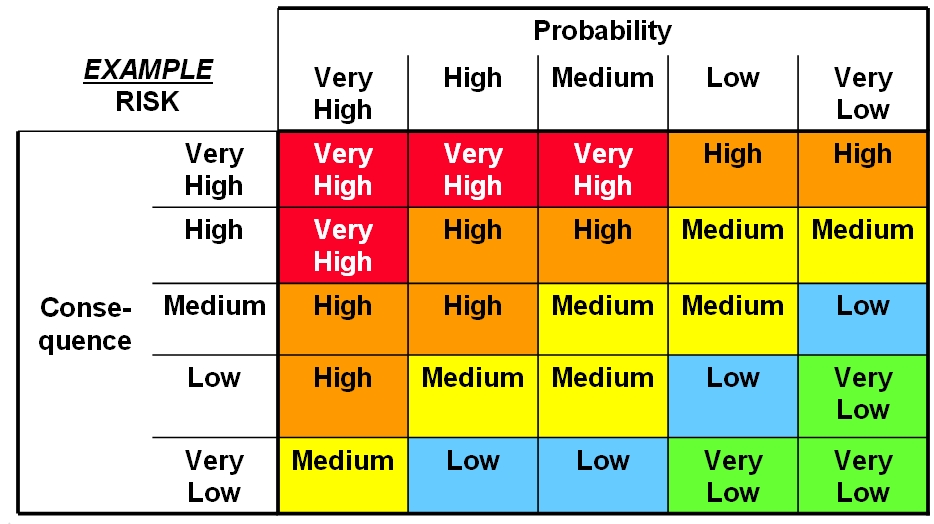In 1859, a massive coronal mass ejection (CME) known as the Carrington Event slammed into Earth. Aurorae, normally observable only near the poles, appeared in the sky as far south as Hawaii and Cuba, providing enough light to read by at night. The then-new global telegraph systems in Europe and America were brought down. Reports of sparking pylons and operators receiving electric shocks abounded - there were even accounts of people being able to send and receive messages over wires that had been disconnected from their power supplies.
Fast-forward to 2013. Our planet is orders of magnitude more dependent on its technology systems. And a solar event the size of the Carrington Event has not recurred since. How vulnerable are we, should another one arrive?
Chris sits down with Dr. Lika Guhathakurta, NASA astrophysicist and heliophysics expert, to understand the science behind CMEs and their potential risk to our way of life:
A geomagnetic storm causes a disturbance in all magnetic fields. That disturbance causes fluctuation in current. And then there are solar electric particles.
So there are many things going on. You can have all your satellites become vulnerable to a single event upset from solar energetic particles, which is essentially anything electronic that interacts with these particles. You can have fluctuation in the ionosphere, which causes scintillation; that causes problems or complications. You can have complication with navigation, causing problems with high altitude aircraft, especially in the polar route. They can’t fly in that zone. High altitude aircraft and crew are exposed to radiation hazards. Astronauts can be exposed to radiation hazards.
Most importantly, these magnetic fluctuations essentially lead to induced ground current that can actually cause significant fluctuations in our power grids. And power grids become quite vulnerable. There have been occasions where we haven’t had Carrington-type events, but even smaller events have led to failure or damage of transformers, which then leads to wide-scale blackouts without power.
When you have such a massive electromagnetic disturbance on Earth, anything that is operated by electricity is vulnerable to fluctuation – anything. You know, so your railway switches, your pipelines -- things that you don’t even associate with space weather -- you find will be fairly susceptible to this massive onslaught of the magnetic disturbance in all geospace.
What I think we don’t fully appreciate today is that how dependent our life has become on technology. And a lot of these technologies are no longer radiation-hardened. And so they are actually vulnerable to not only extreme storms but even medium or mild storms.
And as you know, life without electricity in modern day has its impacts.
Click the play button below to listen to Chris' interview with Dr. Lika Guhathakurta (39m:11s):
This is a companion discussion topic for the original entry at https://peakprosperity.com/nasa-our-technology-dependent-lifestyle-is-vulnerable-to-solar-flares/

